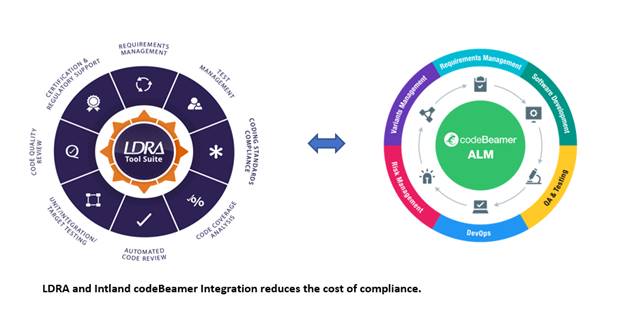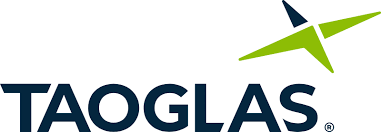An increase in the installation of smart systems at home, and a rise in the use of mobile apps are the two crucial parameters that are boosting the demand for high speed internet. On the back of these factors, the demand for fibre to the home (FTTH) is projected to increase during the period of 2019-2029, says research by Future Market Insights.
Growing adoption of technology advancement solutions such as cloud computing, e-Governance, e-Learning, e-Health, and smart grids, are other major factors due to which the demand for high speed fibre to the home is expected to increase during the forecast period.
In line with this, the global fibre to the home market generated a revenue share of more than US$12 billion (€11.04 billion) in 2018, and is anticipated to expand at an impressive compound annual growth rate (CAGR) of nearly 15% during the forecast period of 2019 to 2029.
“Service providers in the global FTTH market can gain significant profits by focusing on partnerships with service providers from developing nations in the Asia Pacific excluding Japan region such as China and India. This enables all parties to establish strong supply chains and distribution channels, and improve their growth prospects.”
Key lessons from the home market study
The 50 to 100 Mbps segment is the key download speed segment, which accounted for the largest share of the fibre to the home market in 2018.
The smart home application segment is expected to be the most lucrative segment in the FTTH market during the forecast period, owing to the increasing number of smart homes in North America and Western Europe.
Among all the segments by application, the VoIP segment dominated the global fibre to the home market in terms of revenue in 2018.
Asia Pacific Excluding Japan is expected to hold the largest share in the fibre to the home market over the forecast period. Moreover, India is anticipated to exhibit an impressive CAGR during the forecast period.
Initiatives for better internet infrastructure
Increasing government initiatives to promote industrialisation and digitalisation in developing countries offers a regional expansion opportunity for providers in the fibre to the home market. Rapid increase in data traffic in developing economies such as India, Mexico, and Brazil is another factor that is creating profitable opportunities for service providers in the FTTH market.
These insights are based on a report on Fibre to the Home (FTTH) Market by Future Market Insights.
Comment on this article below or via Twitter: @IoTNow_OR @jcIoTnow
The post Fibre to the home market to hit US$54bn by 2029, says FMI appeared first on IoT Now - How to run an IoT enabled business.





